pakoszów palace
Palace hotel Poland - in the mountains
Do you sometimes dream of relaxing in a quiet place surrounded by nature? In a place where you will find space just for you and your thoughts? Meet the luxurious hotel in the Pakosz Palace. The first five-star hotel in the Karkonosze Mountains, which pampered its guests with luxury standards before the era of big resorts came to the area of Karpacz and Szklarska Poreba. A place that has survived in the quiet surroundings of nature, retaining its traditional hospitality and drawing the best of modern hospitality.
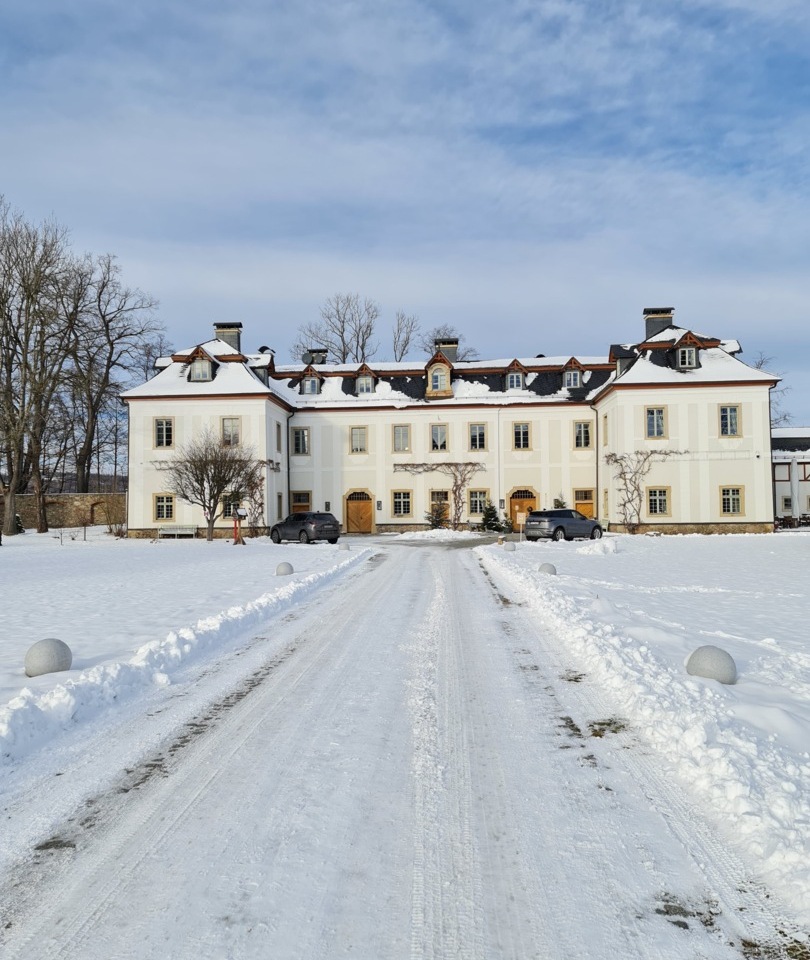
What interiors do you feel most comfortable in?
Classic or modern?
Our luxury Palace hotel is located in a historic palace seamlessly combined with the fabric of modern architecture of the brand new Palace Hotel on the Ponds. It is a unique combination of classic interiors, modern design and contemporary art. A sophisticated juxtaposition of historical elements with contemporary design and art, it's a bold confrontation of styles that you won't find in other palaces in the region. Here it is present at every step and even defines the unique character of our luxury hotel in the Giant Mountains.

An oasis of tranquility you'll love - hotel in Poland
At the Pakoszow Palace Hotel you will find peace and quiet that other hotels cannot promise. Right at our gates begins a beautiful nature complex with natural forest and ponds. Our luxurious Palace hotel is surrounded by a 14 hectare park where you can enjoy a romantic walk or a picnic for two. We are sure you will be delighted by the view of the mountains and the ever-present nature.

unobvious interiors of conference rooms and outdoor events
Conferences in Pakoszow Palace
Hotel Pakoszow Palace located just outside Jelenia Gora, near Karpacz, only 120km from Wroclaw - is an ideal place to organize training courses, conferences, events and meetings. The hotel has 7 conference rooms in unconventional Palace interiors or modern interiors and 45 rooms that can accommodate up to 120 people. Pakoszow Palace is also a 14ha palace garden - an ideal place for organizing evets and outdoor events.

at the foot of the karkonosze
Hotel in Poland
- Szklarska Poreba - 10km
- Jelenia Góra - 12km
- Karpacz - 18km
- Świeradów Zdrój - 27km
- Goerlitz - 70km
- Wrocław - 110km
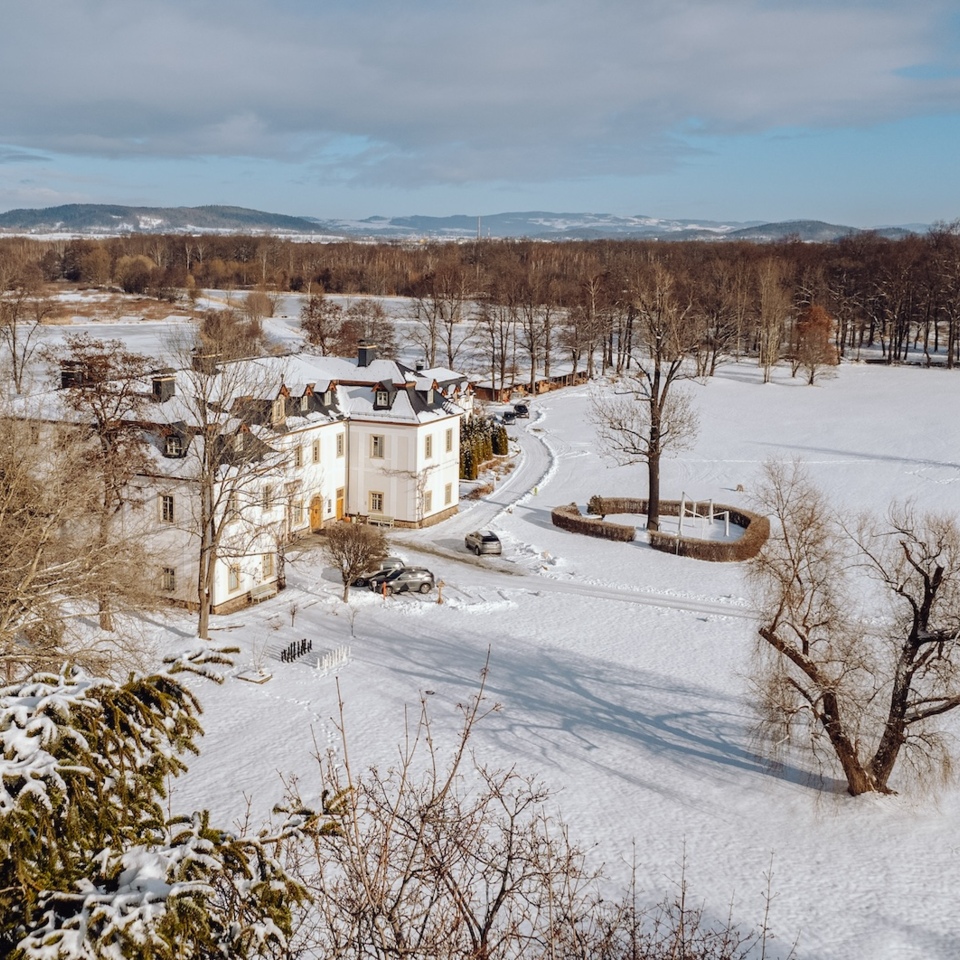
open yourself to new experiences
Discover the attractions of the Palace hotel area
If you are looking for something more than the popular attractions of tourist destinations, we will be happy to help you plan your free time in an unusual way. A horseback ride for two? Or maybe a joint balloon flight? It can be an unforgettable romantic weekend!
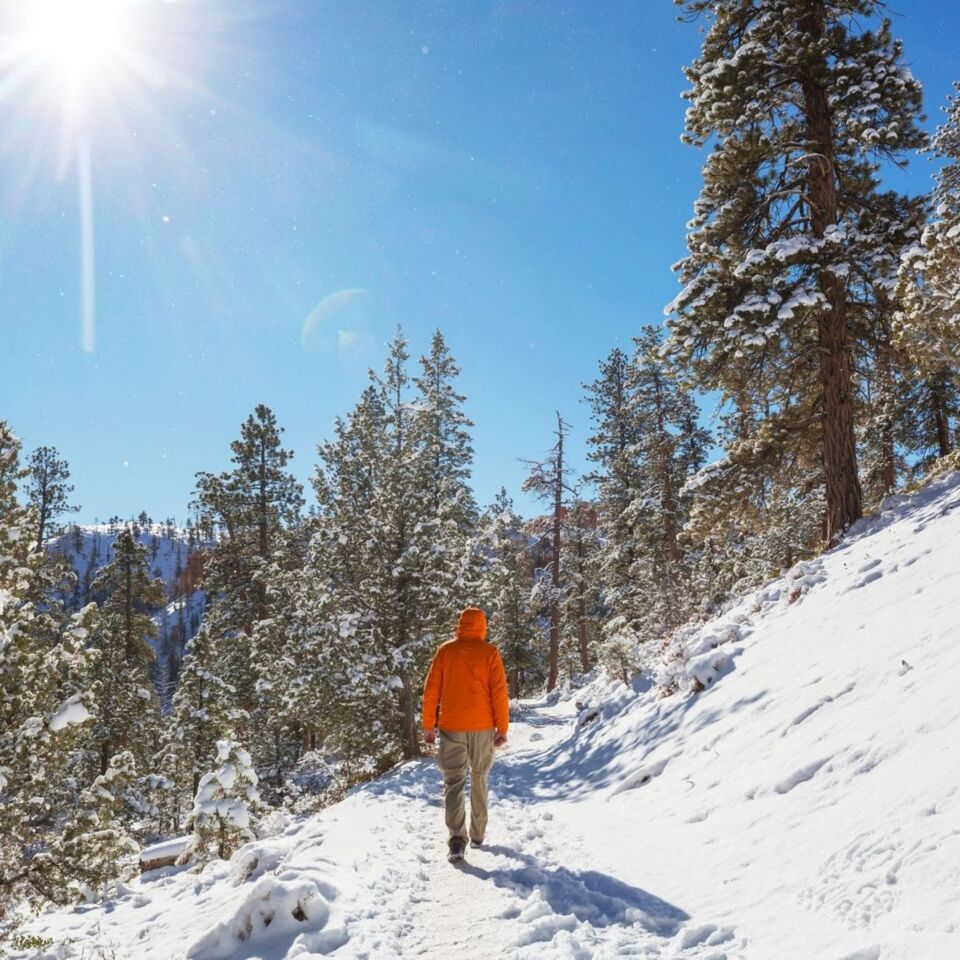

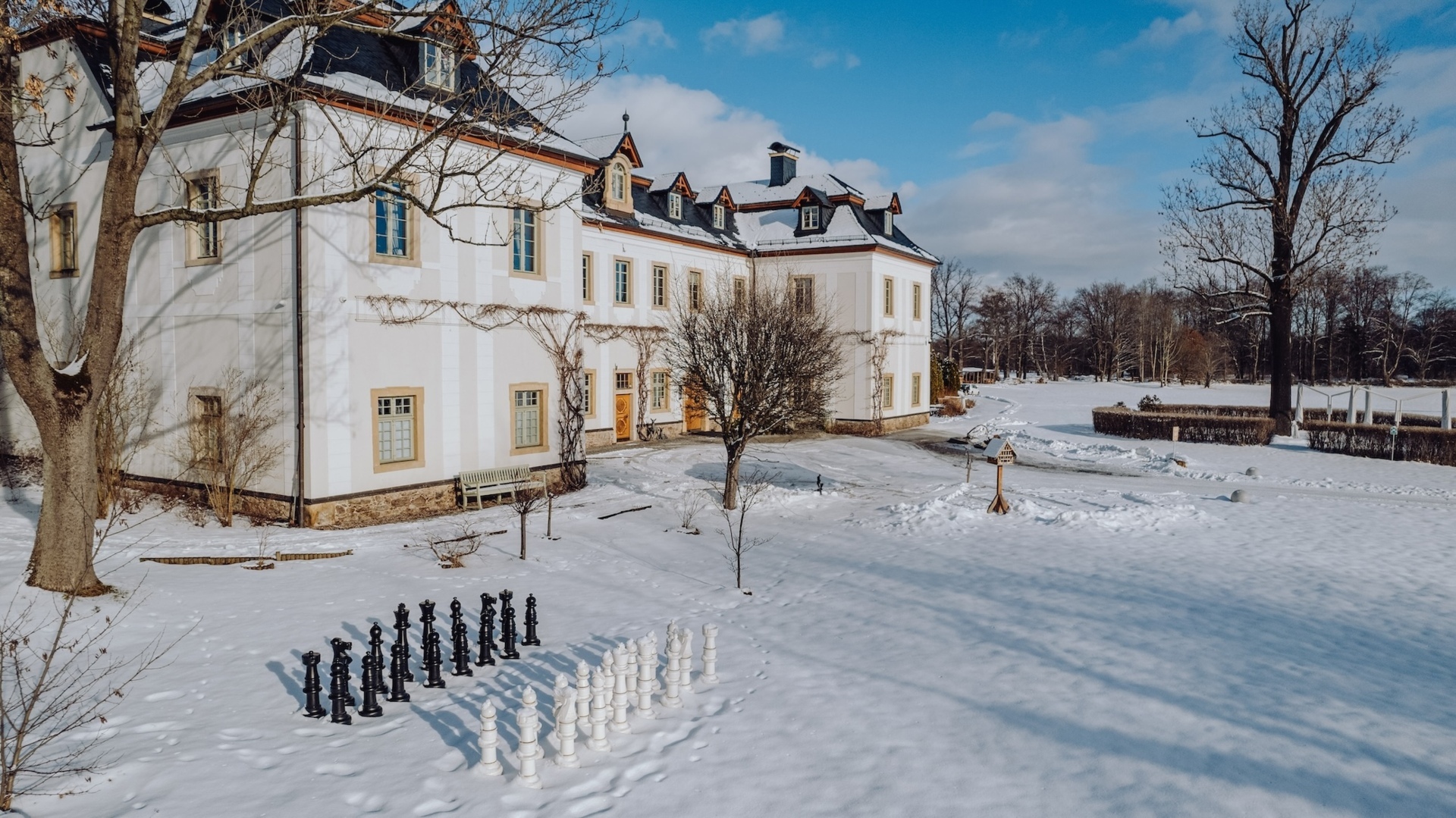










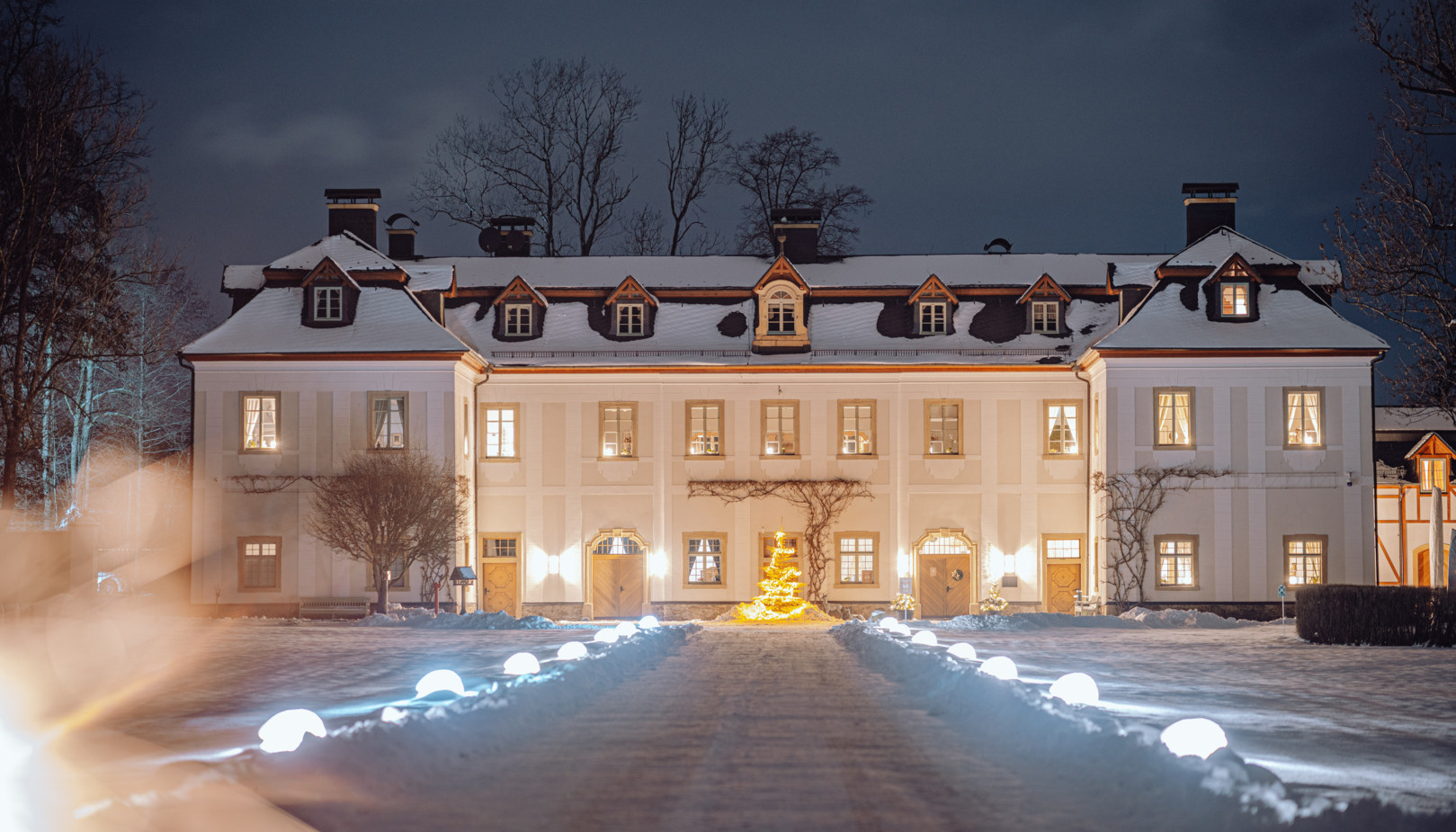

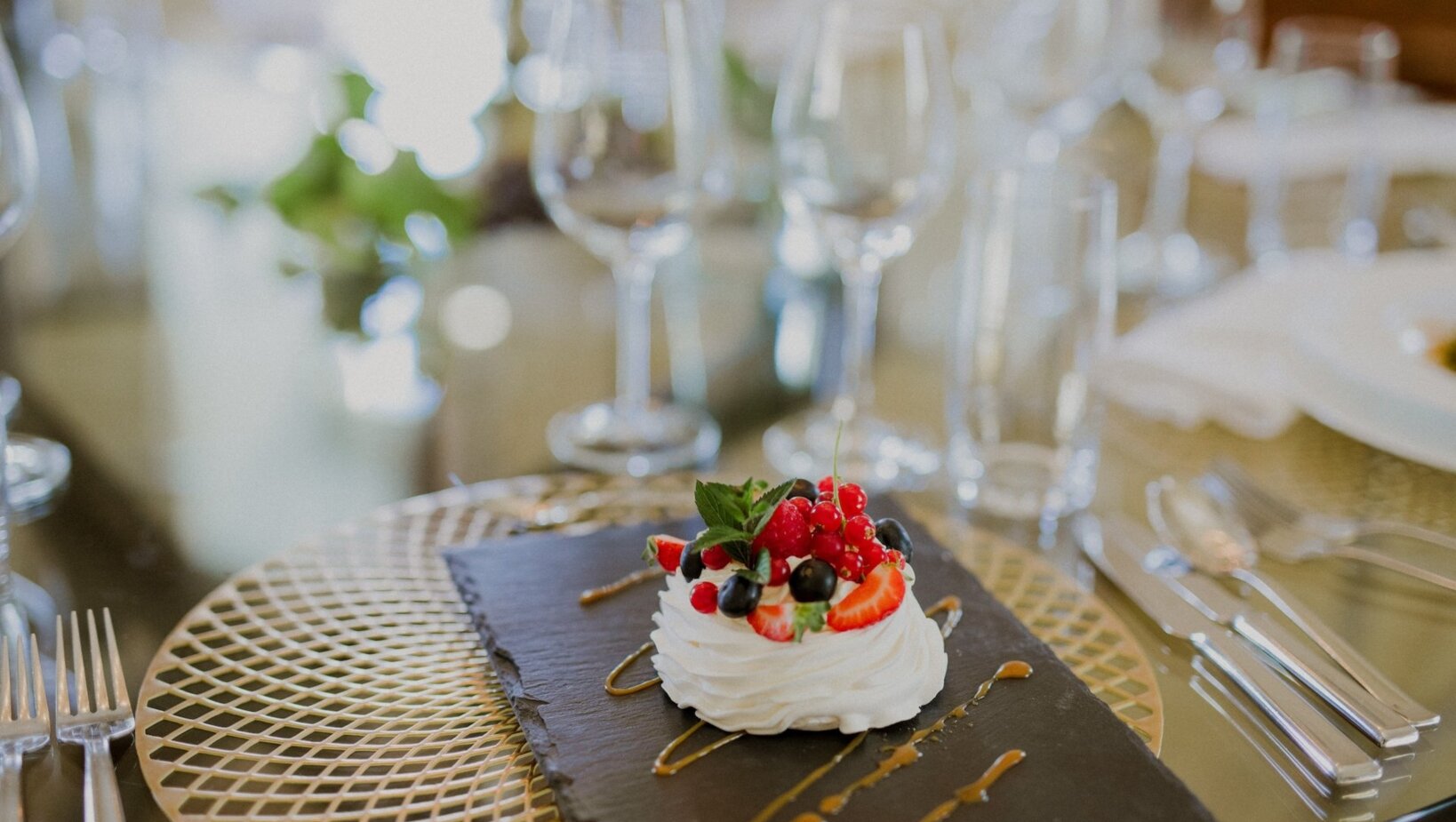

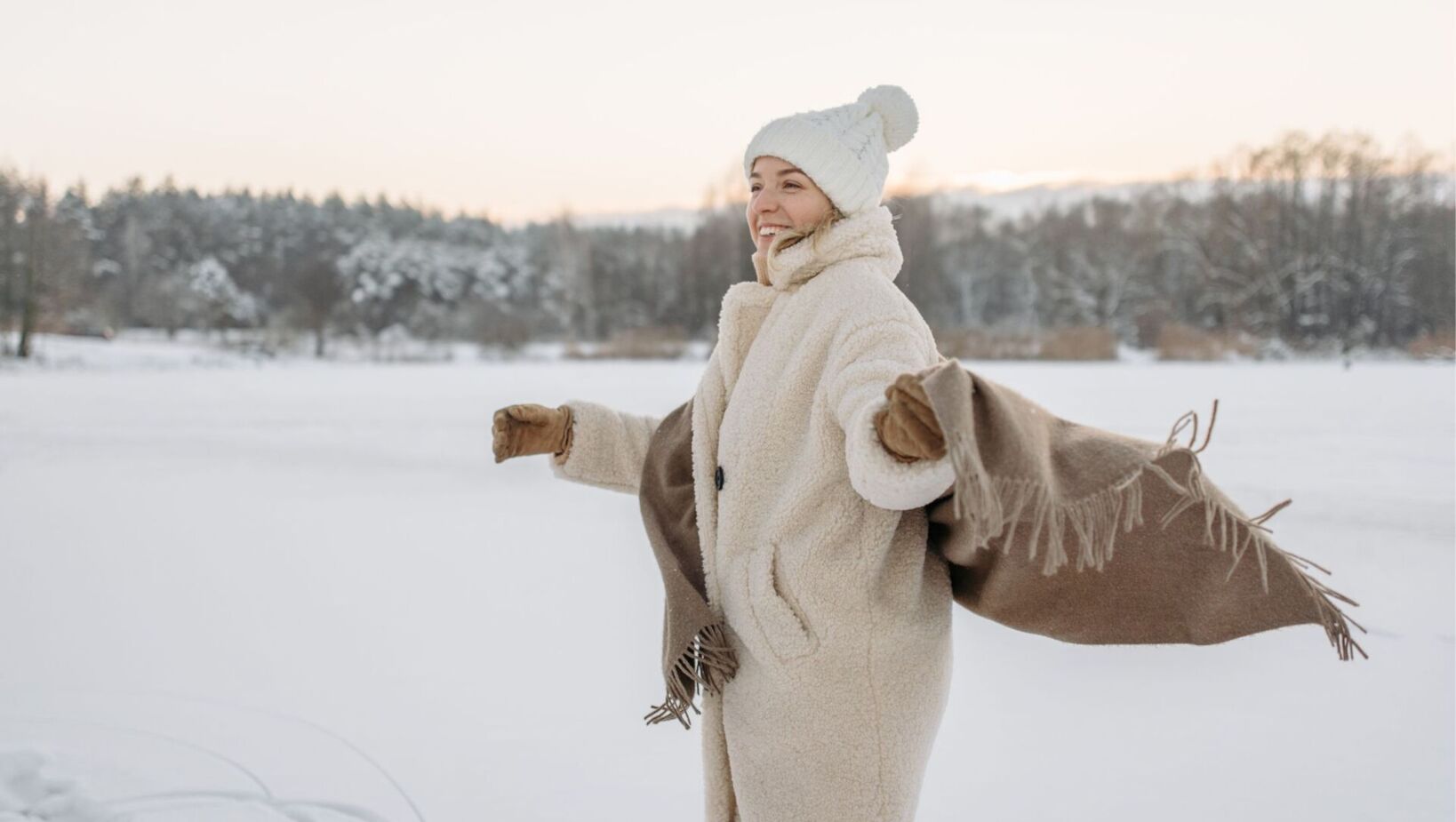
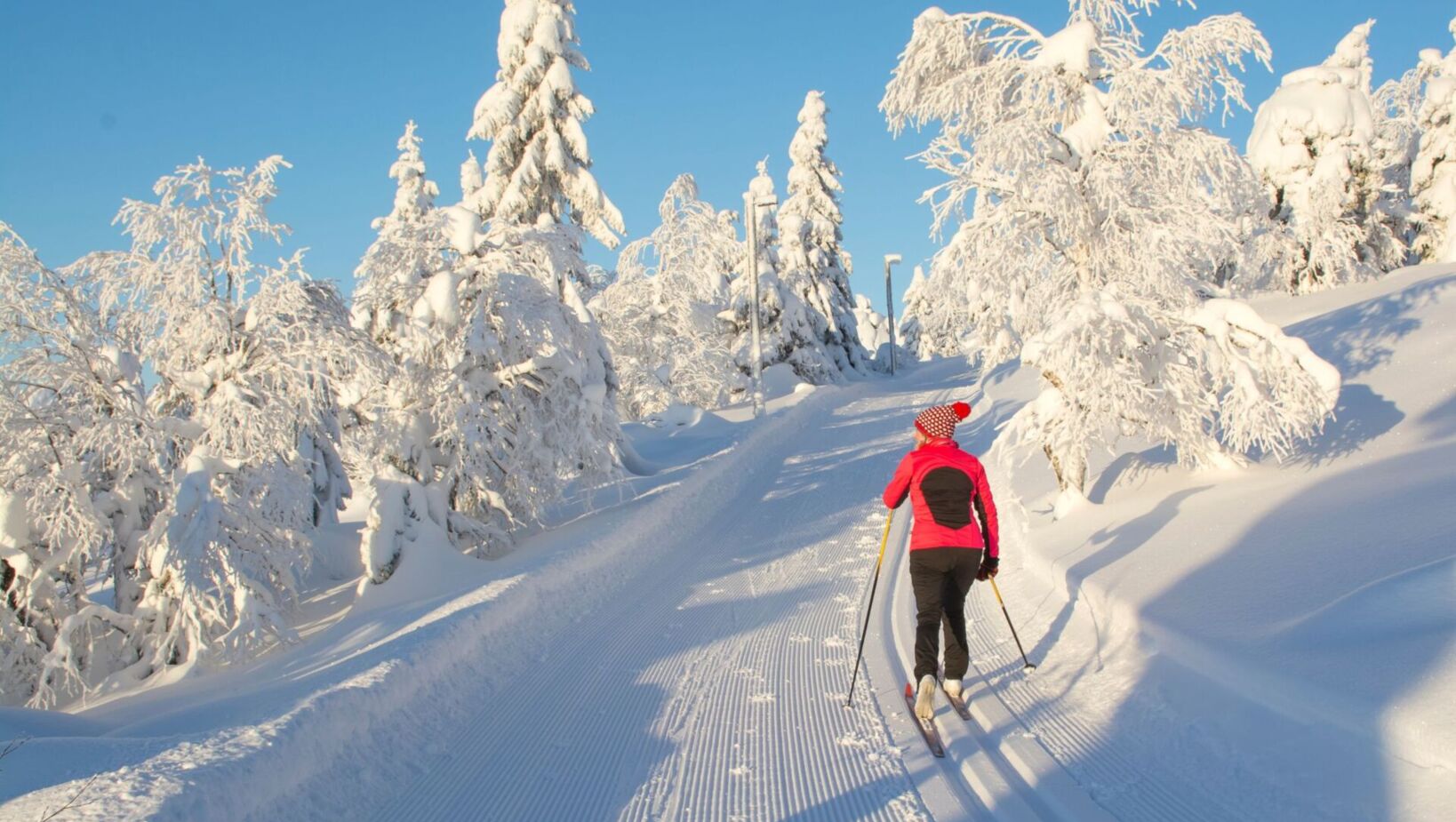
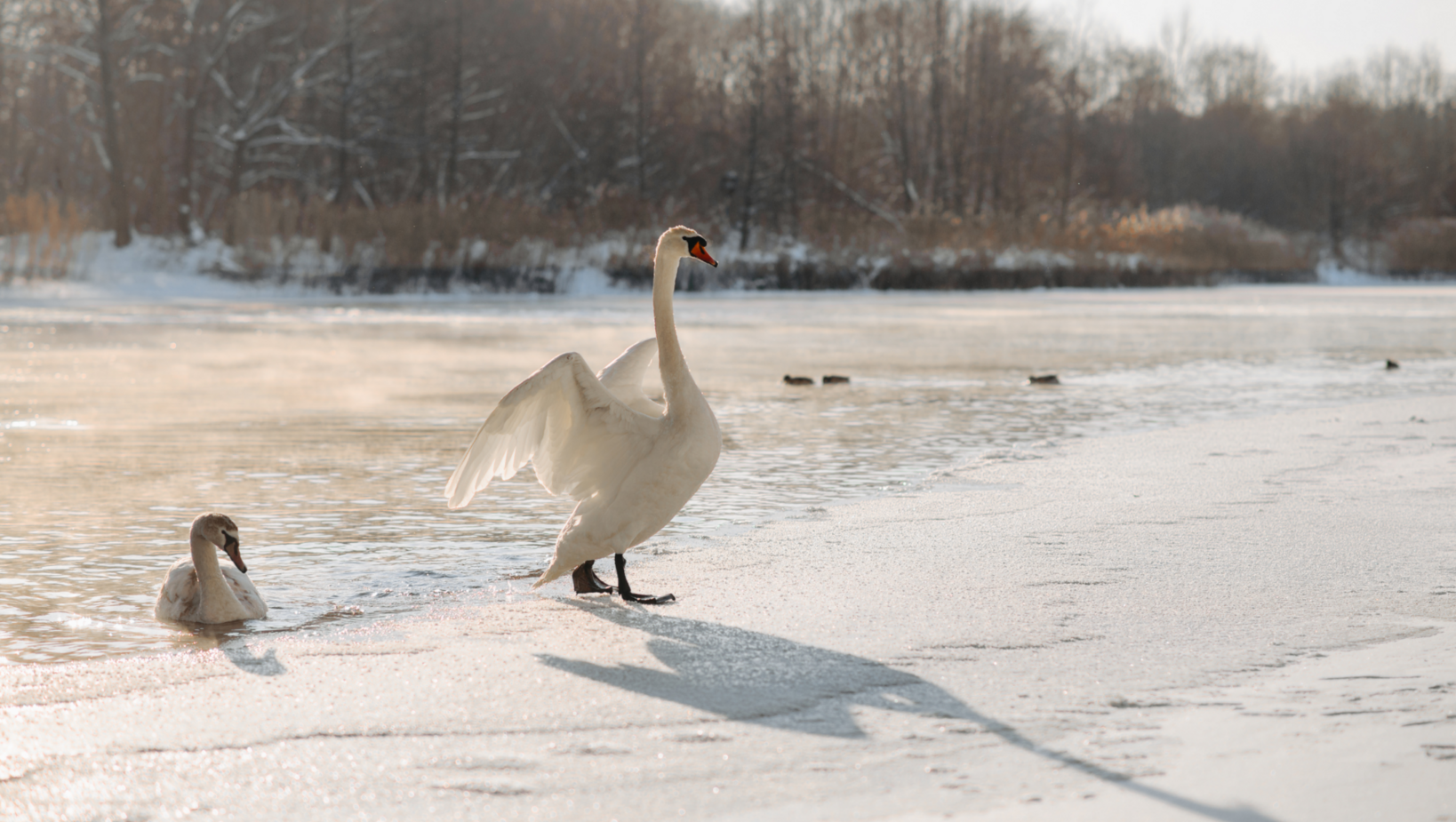
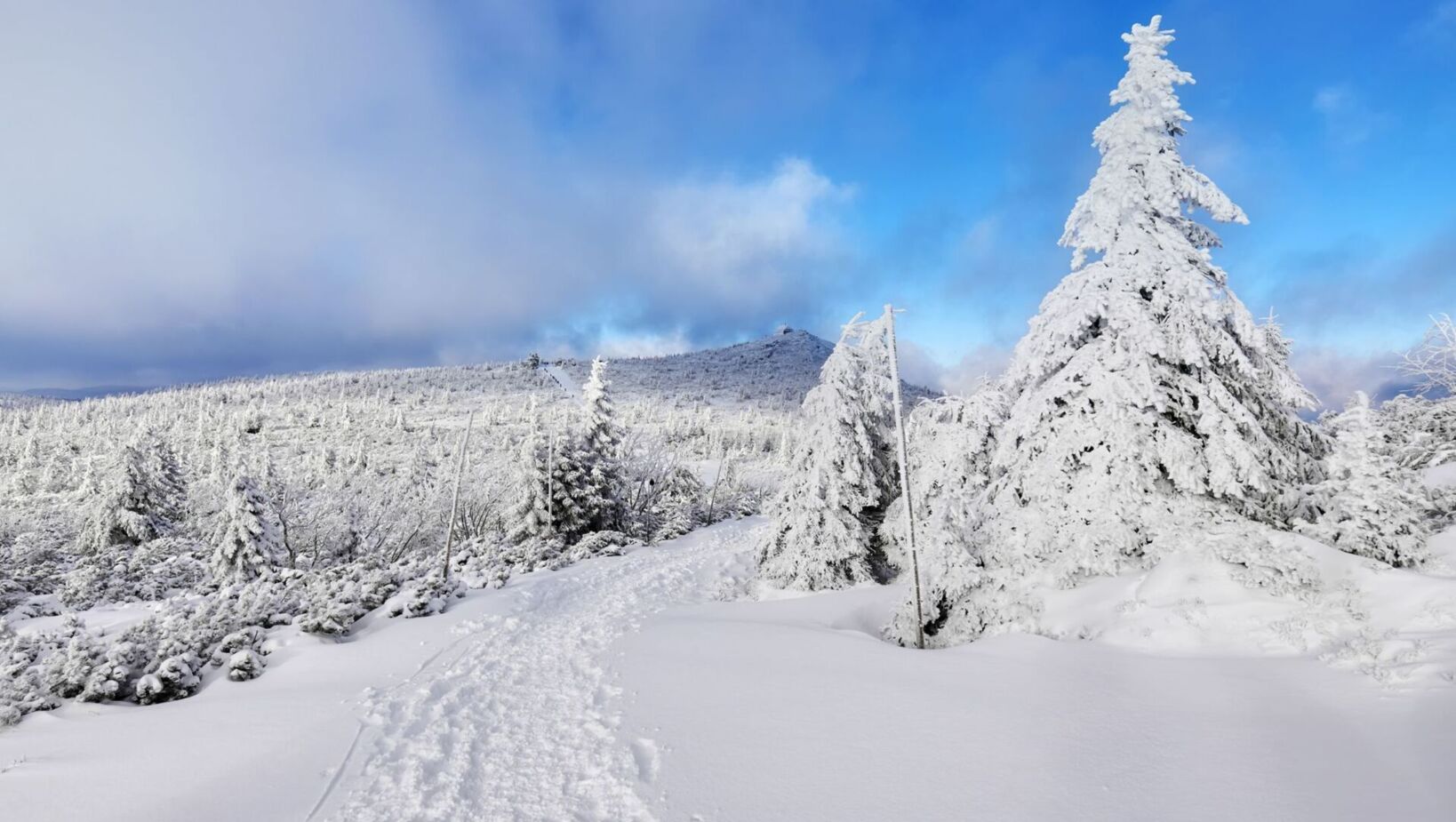

.jpg?updated=2025-12-03_20-20)
.jpeg?updated=2025-12-03_20-20)
.jpg?updated=2025-12-03_20-20)
.jpg?updated=2025-12-03_20-20)

